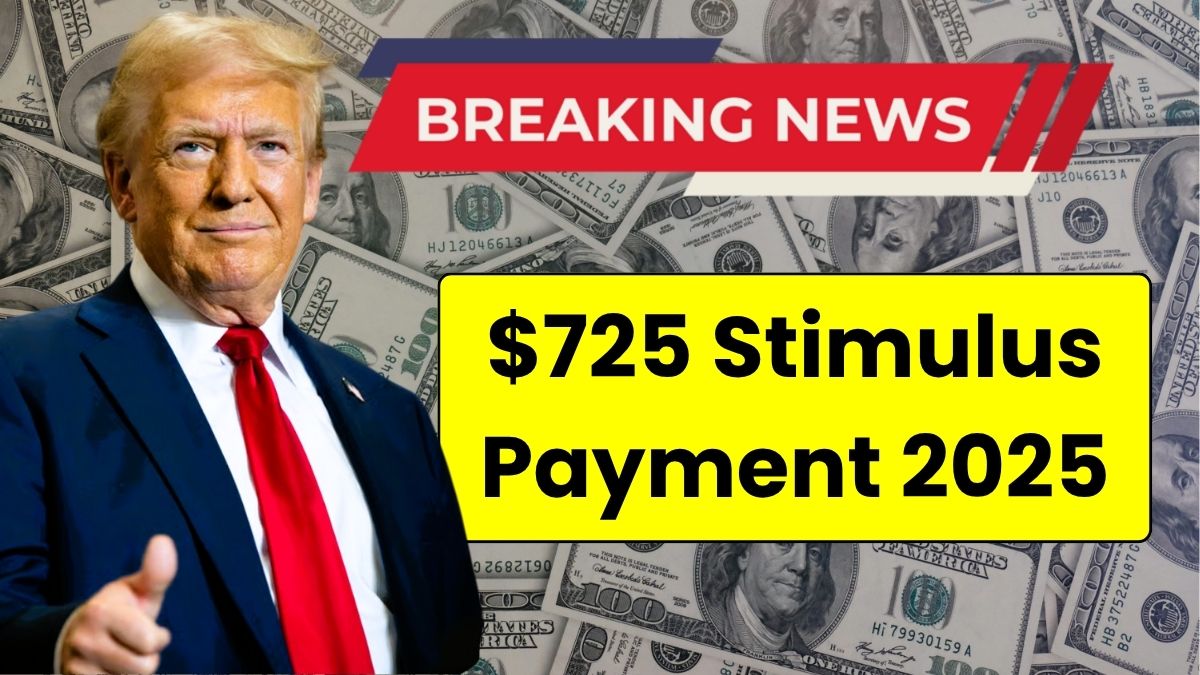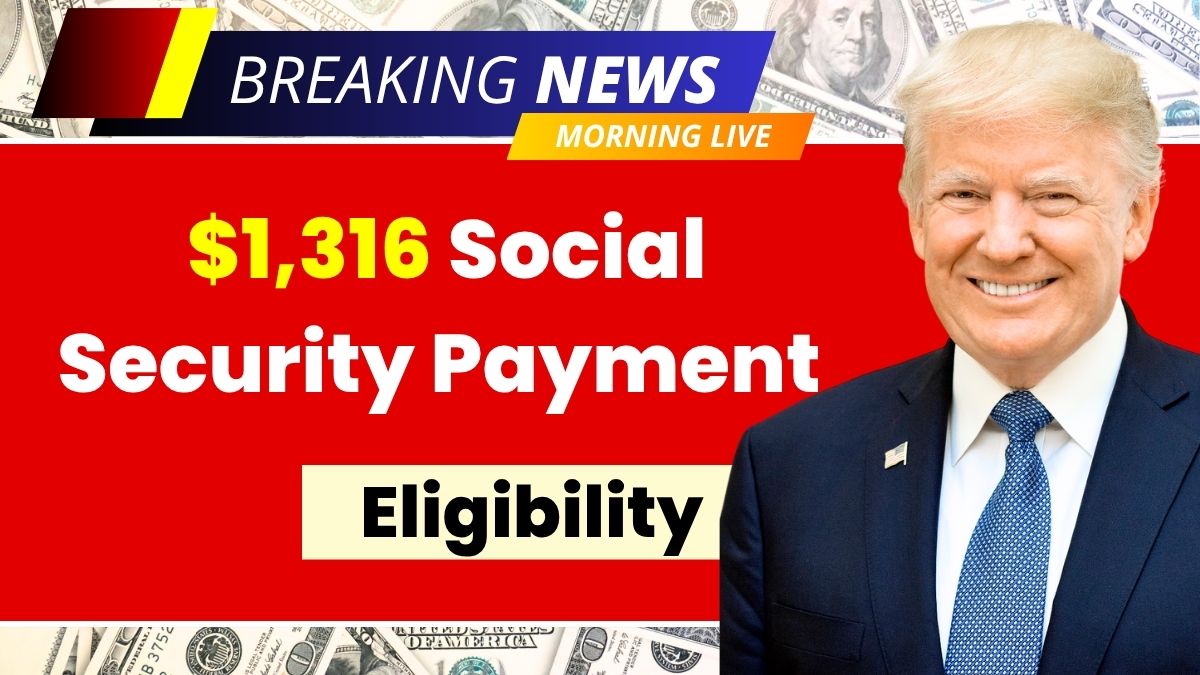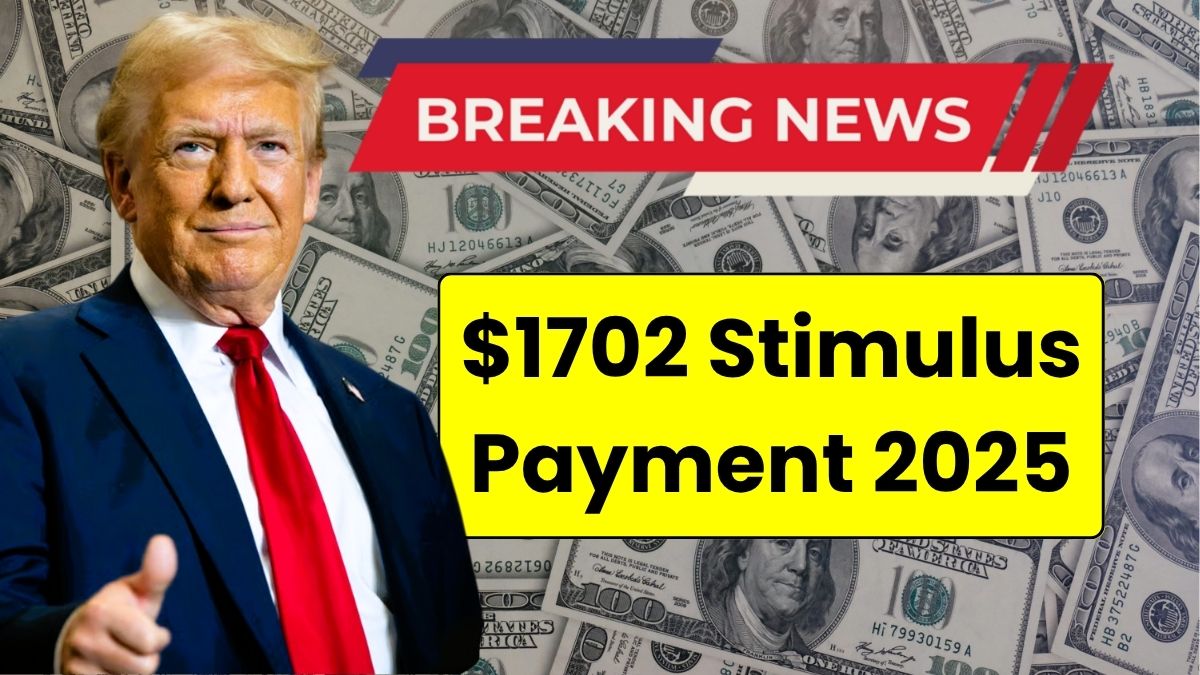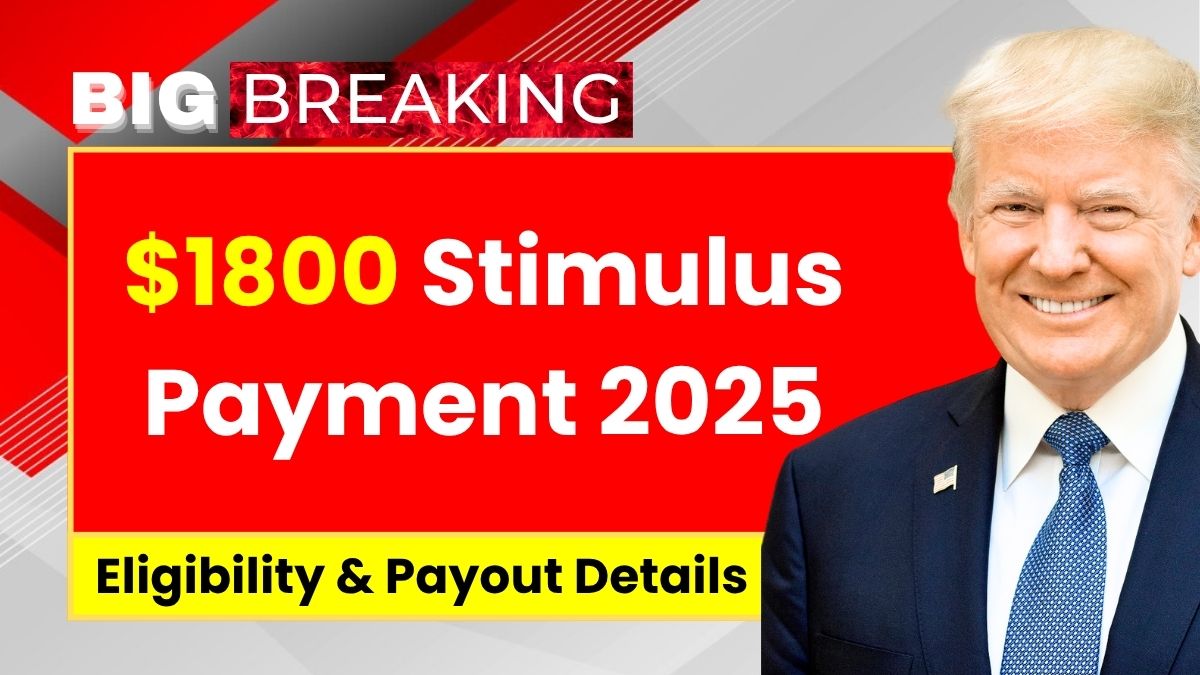$725 Monthly Stimulus Checks – As prices keep going up and groceries, rent, and bills get harder to manage, more and more people are on the lookout for real financial help. That’s where the buzz around the $725 Monthly Stimulus Checks is coming from. These aren’t just one-time payments like we saw during the pandemic. Instead, they’re monthly checks meant to provide ongoing support for those who truly need it—low-income families, seniors, people with disabilities, and folks struggling to find stable work.
So, What Are These $725 Payments Really About?
The $725 Monthly Stimulus Checks are part of state-level efforts to give targeted relief—not a nationwide federal program. Several states, like California, New York, and New Mexico, have already kicked things off, and others might follow in 2025. These programs are meant to help residents who’ve been hit hardest by inflation. Think of it as a local safety net to help with the basics—groceries, rent, medicine, you name it.
Who’s Likely to Get Approved for This Payment
Each state has its own rules, but most of them are looking at income level first. If your earnings fall below a certain point, usually tied to the federal poverty line, you might qualify. Seniors on fixed incomes, people living with disabilities, unemployed folks, and families with young children often get priority. Also, you’ll need to prove that you actually live in the state you’re applying from—so things like utility bills or lease agreements usually come into play.
When Can You Expect the Money to Arrive?
Since every state is handling its own version of this program, there’s no single date when everyone gets paid. Some states already started sending out money in April or May 2025. Once your application is in and approved, you’ll probably see your first check within one or two months. From there, the $725 is paid every month, as long as you still meet the eligibility requirements.
How to Apply If You Think You Qualify
Applying is pretty straightforward if you follow the steps carefully. First, head to your state’s official website—usually the Department of Social Services or Human Services. That’s where the most up-to-date info will be. Read the requirements carefully, gather your documents (like proof of income, ID, Social Security number, and utility bills), and fill out the application. Most states let you do it online, but some also offer in-person options at local government offices. If you want faster payments, it’s smart to set up direct deposit. If not, you might get a prepaid card or even a paper check by mail.
What If Your State Doesn’t Offer This Program Yet?
If your state isn’t on board with the $725 stimulus checks, don’t give up. A lot of states have similar support programs—like help with rent, heating bills, or food costs. Programs like SNAP and LIHEAP can be a huge help if you’re in a tough spot. Also, keep an eye on local nonprofit groups. They often step in where state programs fall short. And most importantly, stay informed. Sign up for your state’s updates or follow local news so you’ll be the first to know if a new program launches.
Things That Could Make You Lose Eligibility
Just because you qualify now doesn’t mean it’ll last forever. If your income goes up, you move out of state, or your household situation changes significantly, you could lose your monthly payment. It’s really important to report any big life changes to your local program office, so you don’t accidentally get overpaid or end up owing anything back.
Final Thoughts
The $725 Monthly Stimulus Checks are a much-needed lifeline for a lot of people right now. While they’re not available in every state, they’re a sign that local governments are trying to step up and do something about rising living costs. If you think you might qualify, don’t wait around. Start the process, gather your info, and apply. Even if you’re not eligible now, staying in the loop could help you benefit from similar programs in the future.
Disclaimer
This article is for informational purposes only and not a guarantee of eligibility or benefits. Stimulus programs vary by state and are subject to change. Always refer to your state’s official government website for the most accurate and current information.


















